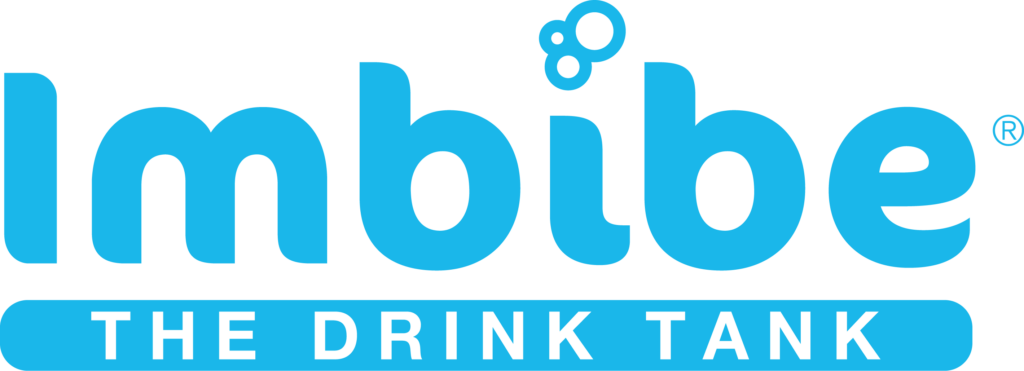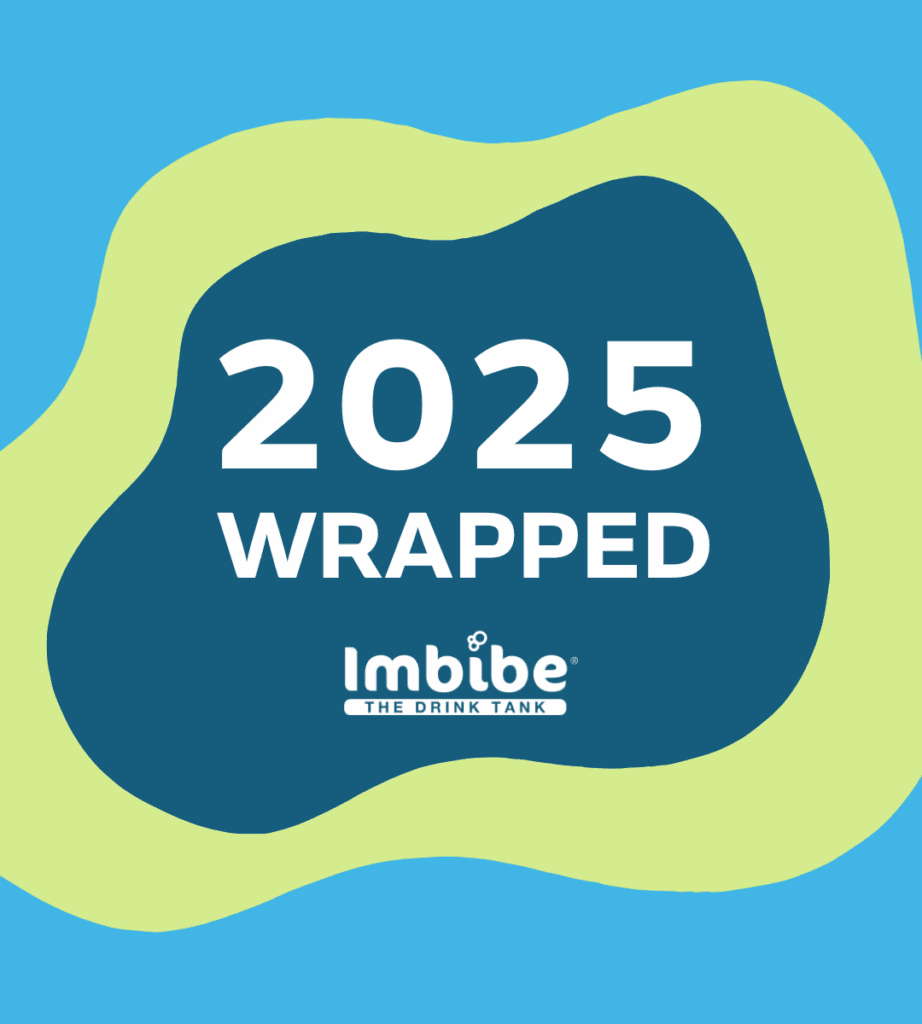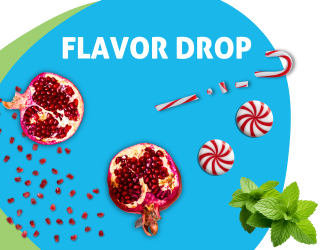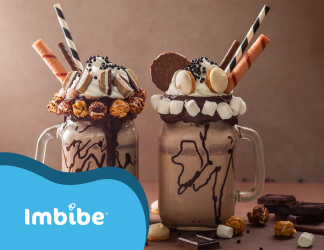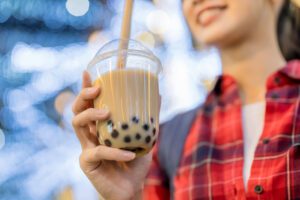 As consumers look for sweet flavors and tantalizing textures, many are turning to bubble teas (boba) for a unique sensory experience, creating an opportunity to innovate around flavor in the RTD space and beyond, Laura Harper, marketing associate at beverage development and flavor company Imbibe, told FoodNavigator-USA.
As consumers look for sweet flavors and tantalizing textures, many are turning to bubble teas (boba) for a unique sensory experience, creating an opportunity to innovate around flavor in the RTD space and beyond, Laura Harper, marketing associate at beverage development and flavor company Imbibe, told FoodNavigator-USA.
“Boba tea innovation and growth will continue with the proliferation of RTD, new flavor combinations, and an expansion of its experiential component, whether finding new uses for boba pearls, replicating the boba experience in new food and beverage formats, or using boba as socializing activity.”
Will sugar be an obstacle for boba beverages?
Fueled by the proliferation of boba tea cafes and ready-to-drink (RTD) beverages, the boba market is set for growth in the coming years, Harper claimed. The global boba market was estimated to be worth $3.27bn in 2022 and expected to reach $6.14 billion by 2032, growing at a 6.5% CAGR between 2023 and 2032, according to Precedence Research.
Consumers are looking for a “superior sensory experience,” with boba providing a “more textually interesting” component to beverage, Harper said. Additionally, boba teas can deliver “some benefits consumers seek from food and beverage products, which in this case would be antioxidants, namely polyphenols, inherent to tea,” she added.
To read the full article, visit Beverage Daily.
